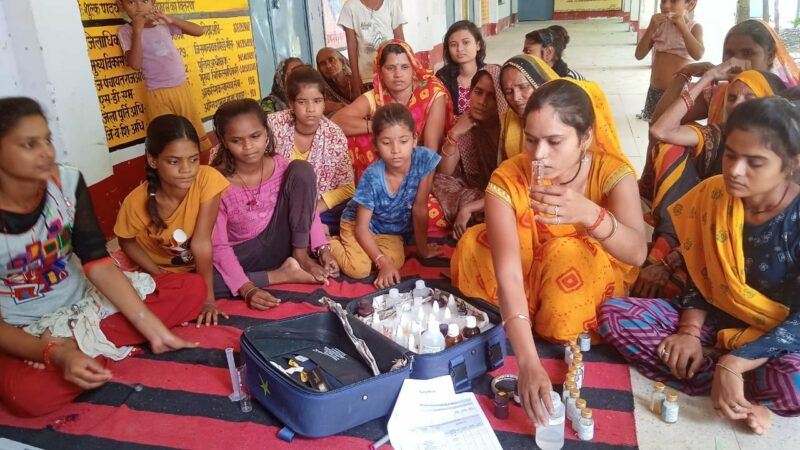Solution provider

Through its global network of missions and experts, the Ministry of Foreign Affairs of Denmark facilitates intelligent cleantech solutions worldwide.
Case
Water management
Water efficiency in industries
Water supply


Through its global network of missions and experts, the Ministry of Foreign Affairs of Denmark facilitates intelligent cleantech solutions worldwide.
Add the case to your visit request and let us know that you are interested in visiting Denmark
Despite availability of ample sources of water in rural areas of Uttar Pradesh, quality of water has always been an issue.
The possible sources of contamination include naturally occurring chemicals and minerals (for example, arsenic, fluoride, iron, uranium etc) in the earth layer; local land use practices (for example, fertilizers, pesticides, livestock, concentrated feeding operations etc); manufacturing processes (for example, heavy metals, cyanide) near the drinking water sources; malfunctioning on-site wastewater treatment systems (for example, septic systems and twin pit toilets) and microbial contamination through mixture of wastewater in the drinking water source or distribution line.
UNOPS facilitated Community Led Action for Sanitary Surveillance (CLASS) in the community, this participatory process includes three dimensions ; Mapping out the disease and medical expenditure annually on water borne diseases. Capacity building of 5 selected women from each village for bacteriological testing of all drinking water sources; and chemical testing of all drinking water sources using field test kits.
UNOPS provides infrastructure, procurement and project management services to help build the future.
Read more about UNOPSUNOPS ensured 100% testing of drinking water sources in its project villages by training 615 women for water quality testing in focused villages for testing water quality using a field test kit. 615 member accounts were created on Ejalshakti (government e-portal) and they submitted their test results on WQMIS (Water Quality Management Information System) portal.
The outcomes lead to collective realization of risks associated with different sources and related water usage. In case of bacteriological contamination there was a collective realization that people in the village are drinking fecal parts mixed in water. As the tests are demonstrated in public view, it created a sense of disgust and triggered immediate collective action for remedial measures such as boiling water before use and addition of chlorine and bleaching powder to ensure safe use by all. If chemical contamination was observed, the samples were sent for further lab testing to district administration and followed up.